By Guest Contributor Rama Musa, cross-posted from Global Griot
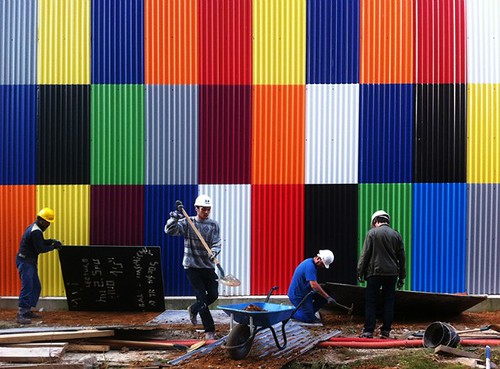
The city of Houston is buzzing with conversations about the social role of art in neighborhood revitalization.
On Dec. 3, 2013, the Texan-French Alliance for the Arts (TFAA) co-organized “Think Thank: Arts, Identity and Urban Revitalization” at the Rothko Chapel. On Jan. 24 – 25, Project Row Houses organized “Social Practice, Social Justice,” a two-day symposium on art as an agent of social justice.
These discussions prompted John Guess Jr., CEO of the Houston Museum of African American Culture (HMAAC), to ask, “[In the onslaught of gentrification], how do community-based arts organizations transform the behavioral change of the people, provide a space for transcendence, and offer scholarship for the spirit?” Houston’s Project Row Houses and Rebuild Foundation in Chicago are two nonprofits whose radical social art projects have benefited from, and served as the last frontier against, rapid gentrification in African American neighborhoods.
On the opening night of the two-day symposium, three African American artists – Mark Bradford, Rick Lowe, and Theaster Gates – kickstarted the discussion on social art practice in African American communities.
“Entrepreneurial leadership is lost [in the African American community],” stated Gates, whose Chicago-based art practice includes a web of ventures. “We are a nation of service workers.”
 The son of a self-employed roofer, Gates grew up in East Garfield Park, a black neighborhood in Chicago. Today, he has a full-time job as an arts administrator at the University of Chicago, owns 12 properties, an experimental music troupe, and a non-profit. Gates’s Rebuild Foundation started off as the administrative arm of the Dorchester Projects, a series of abandoned buildings in Chicago which he rehabilitated into cultural spaces. By leveraging his new-found prestige as a Whitney Biennalist, Gates received support from private donors, non-profits, and state bureaucrats to finance similar “culture-driven redevelopment” projects in St. Louis and Omaha.
The son of a self-employed roofer, Gates grew up in East Garfield Park, a black neighborhood in Chicago. Today, he has a full-time job as an arts administrator at the University of Chicago, owns 12 properties, an experimental music troupe, and a non-profit. Gates’s Rebuild Foundation started off as the administrative arm of the Dorchester Projects, a series of abandoned buildings in Chicago which he rehabilitated into cultural spaces. By leveraging his new-found prestige as a Whitney Biennalist, Gates received support from private donors, non-profits, and state bureaucrats to finance similar “culture-driven redevelopment” projects in St. Louis and Omaha.
Omaha is an interesting case study for place-based art projects in poor and neglected African American communities. In 2011, the city had the highest rate of black homicides in the country. Nebraska’s African American population is concentrated in North Omaha, the most impoverished section of Warren Buffet’s billionaire city. It’s within this milieu of poverty and violence that Gates launched the Carver Bank project.
In collaboration with the Bemis Center for Contemporary Arts , the Rebuild Foundation renovated the 2,600-square-foot building which once housed Nebraska’s first black-owned bank. Today, the Carver Bank is a nexus for culture and commerce with its artists’ studios, exhibition and performance space, and sandwich shop called Big Mama’s.
In Chicago, Gates continues with his radical ideas for community revival. He has partnered with a local developer and the Chicago Housing Authority to build a 36-unit housing complex which will transform the neighborhood into a cultural hub. The roofer’s son has performed the ultimate coup: He has hacked into the elite, predominately white networks of art and finance to re-engineer the impact of gentrification in African American communities.
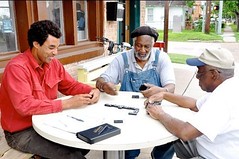 Rick Lowe of Project Row Houses is grappling with the proliferation of gentrification in his African American neighborhood. In 1993, Lowe and six other African American artists – James Bettison, Bert Long, Jr., Jesse Lott, Floyd Newsum, Bert Samples, and George Smith – descended on the northern part of Houston’s Third Ward. The group took over a crumbling row of 22 shotgun-style houses which they turned into Art Houses. The non-profit they formed has since grown into a behemoth with 40 properties, including artists’ studios, a community gallery, a sculpture park, office spaces, and low-income housing for area residents and young mothers.
Rick Lowe of Project Row Houses is grappling with the proliferation of gentrification in his African American neighborhood. In 1993, Lowe and six other African American artists – James Bettison, Bert Long, Jr., Jesse Lott, Floyd Newsum, Bert Samples, and George Smith – descended on the northern part of Houston’s Third Ward. The group took over a crumbling row of 22 shotgun-style houses which they turned into Art Houses. The non-profit they formed has since grown into a behemoth with 40 properties, including artists’ studios, a community gallery, a sculpture park, office spaces, and low-income housing for area residents and young mothers.
But unlike Gates and the Rebuild Foundation, Lowe and his band of arts activists seem less adept at hacking the commercial aspect of culture and, as a result, they appear to be on the losing end of the gentrification game. In 2013, Chicago magazine reported that Project Row Houses sold off its 70 rental properties. B-Cycle , Houston’s first bike-sharing system, has placed a kiosk in front of the organization’s front office. Although touted for their sustainability and health benefits, bike-sharing systems in a poor neighborhood is like a canary in a coal mine announcing that gentrification has arrived.
 Bike-sharing systems are inaccessible to a large swath of African Americans through membership fees and card payment policies. Research data from other metropolitan cities revealed that the average user of a bike-sharing system is a white male with a six-figure income. So, what impact will B-Cycle have in the Third Ward when the 2011 FDIC National Survey of Unbanked and Underbanked Households revealed that 22.3% of African Americans in Texas are unbanked and 35.5% are underbanked? While B-Cycle’s intent is admirable, the company’s bohemian bikes are a cause of concern. There’s a real fear that gentrification will uproot and destroy the lives of longtime residents, most of whom are poor and marginalized. Due to Houston’s laissez-faire “no-zoning” laws, developers have carte blanche to raze old homes in the Third Ward and build luxury houses for upper-middle class buyers.
Bike-sharing systems are inaccessible to a large swath of African Americans through membership fees and card payment policies. Research data from other metropolitan cities revealed that the average user of a bike-sharing system is a white male with a six-figure income. So, what impact will B-Cycle have in the Third Ward when the 2011 FDIC National Survey of Unbanked and Underbanked Households revealed that 22.3% of African Americans in Texas are unbanked and 35.5% are underbanked? While B-Cycle’s intent is admirable, the company’s bohemian bikes are a cause of concern. There’s a real fear that gentrification will uproot and destroy the lives of longtime residents, most of whom are poor and marginalized. Due to Houston’s laissez-faire “no-zoning” laws, developers have carte blanche to raze old homes in the Third Ward and build luxury houses for upper-middle class buyers.
I admire Project Row Houses for making a last stand against gentrification in Houston’s Third Ward. In 1996, the organization started the Young Mothers Residential Program (YMRP), a social safety net for young mothers between ages 18-26. In exchange for a commitment to continue their education, YMRP provides the young women with subsidized housing, affordable childcare services, and skills-building training in financial management, parental responsibility, and career development. YMRP has graduated over 50 women who now live successful, self-sufficient lives. Its most famous alumna is Assata Richards, a panel speaker at the “Social Practice, Social Justice” symposium. Richards earned a PhD at Pennsylvania State University. She taught at several universities before returning to the Third Ward to manage the YMRP.
In “Culture and Urban Revitalization: A Harvest Document ,” a paper published by the University of Pennsylvania’s Social Impact of the Arts Project, authors Mark J. Stern and Susan C. Seifert argued, “To stimulate urban neighborhood revitalization, the model should be both place and people-based…” The Rebuild Foundation and Project Row Houses have each chosen a different strategy in the war against gentrification. But as any history book would illustrate, war is a boon for unscrupulous profiteers.
Source: Project Row Houses, Rebuild Foundation, World Crunch
Rama Musa is the Communications & Program Manager at the Houston Museum of African American Culture.



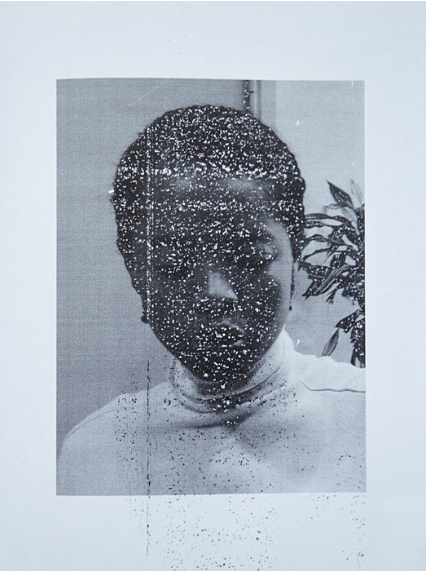




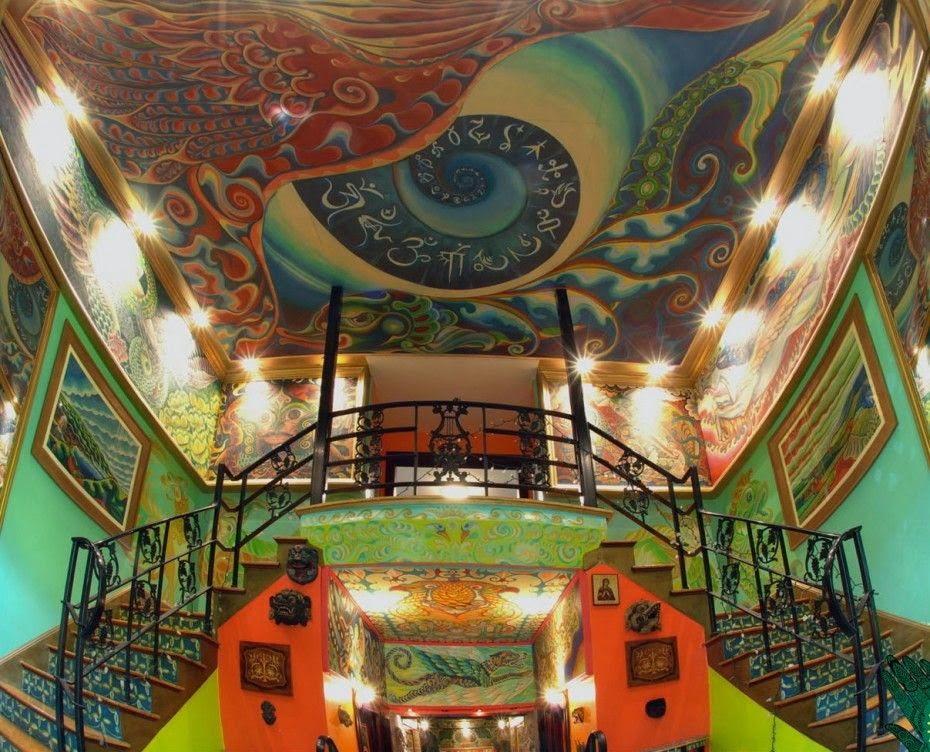








































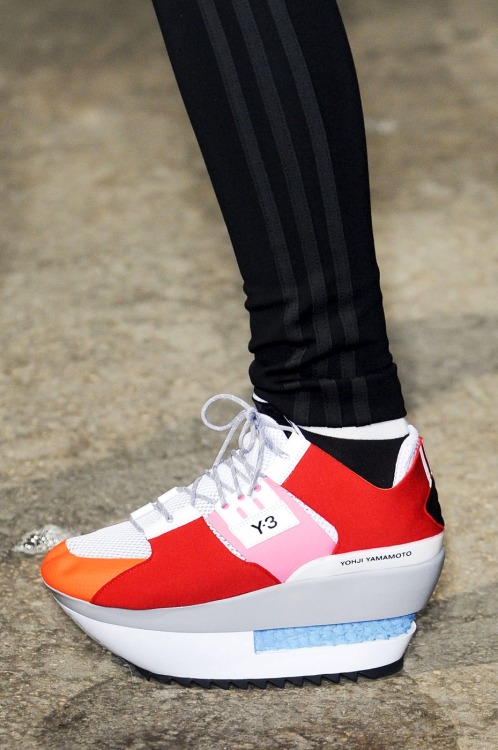

 The son of a self-employed roofer, Gates grew up in East Garfield Park, a black neighborhood in Chicago. Today, he has a full-time job as an arts administrator at the University of Chicago, owns 12 properties, an experimental music troupe, and a non-profit. Gates’s Rebuild Foundation started off as the administrative arm of the Dorchester Projects, a series of abandoned buildings in Chicago which he rehabilitated into cultural spaces. By leveraging his new-found prestige as a Whitney Biennalist, Gates received support from private donors, non-profits, and state bureaucrats to finance similar “culture-driven redevelopment” projects in St. Louis and Omaha.
The son of a self-employed roofer, Gates grew up in East Garfield Park, a black neighborhood in Chicago. Today, he has a full-time job as an arts administrator at the University of Chicago, owns 12 properties, an experimental music troupe, and a non-profit. Gates’s Rebuild Foundation started off as the administrative arm of the Dorchester Projects, a series of abandoned buildings in Chicago which he rehabilitated into cultural spaces. By leveraging his new-found prestige as a Whitney Biennalist, Gates received support from private donors, non-profits, and state bureaucrats to finance similar “culture-driven redevelopment” projects in St. Louis and Omaha. Rick Lowe of Project Row Houses is grappling with the proliferation of gentrification in his African American neighborhood. In 1993, Lowe and six other African American artists – James Bettison, Bert Long, Jr., Jesse Lott, Floyd Newsum, Bert Samples, and George Smith – descended on the northern part of Houston’s Third Ward. The group took over a crumbling row of 22 shotgun-style houses which they turned into Art Houses. The non-profit they formed has since grown into a behemoth with 40 properties, including artists’ studios, a community gallery, a sculpture park, office spaces, and low-income housing for area residents and young mothers.
Rick Lowe of Project Row Houses is grappling with the proliferation of gentrification in his African American neighborhood. In 1993, Lowe and six other African American artists – James Bettison, Bert Long, Jr., Jesse Lott, Floyd Newsum, Bert Samples, and George Smith – descended on the northern part of Houston’s Third Ward. The group took over a crumbling row of 22 shotgun-style houses which they turned into Art Houses. The non-profit they formed has since grown into a behemoth with 40 properties, including artists’ studios, a community gallery, a sculpture park, office spaces, and low-income housing for area residents and young mothers. Bike-sharing systems are inaccessible to a large swath of African Americans through membership fees and card payment policies.
Bike-sharing systems are inaccessible to a large swath of African Americans through membership fees and card payment policies. 






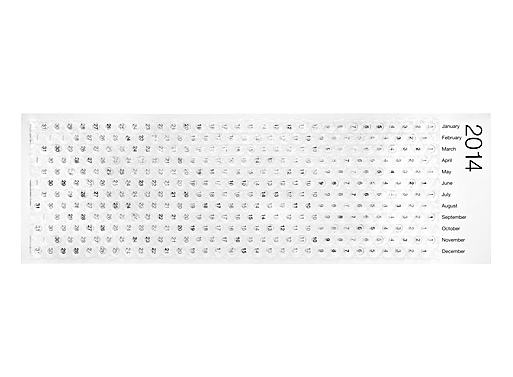
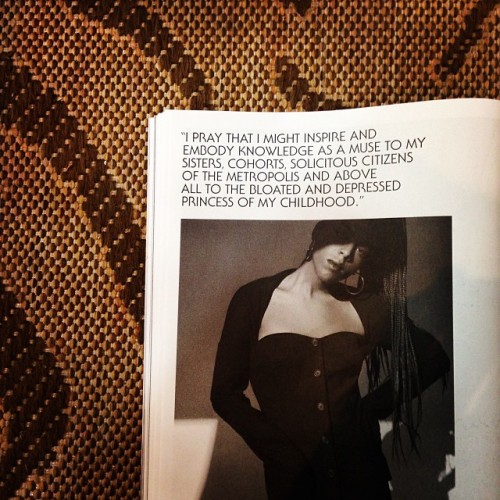
 We caught up with Dave Wyndorf before his band plays Bottom Lounge this weekend. [
We caught up with Dave Wyndorf before his band plays Bottom Lounge this weekend. [ 



